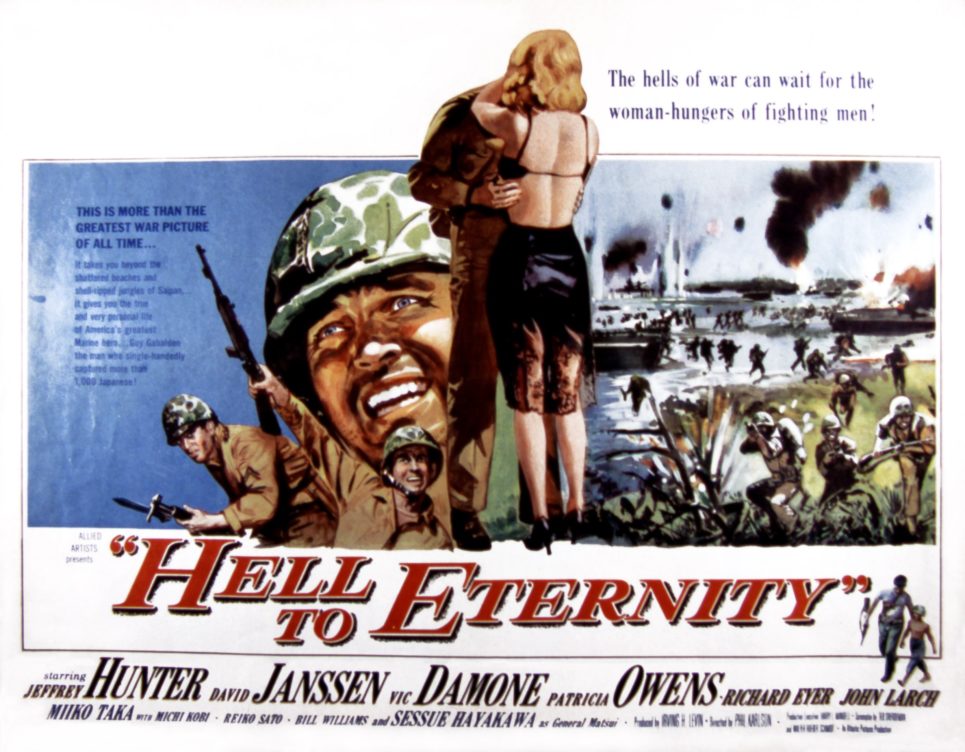There are several revered heroes from World War II who took the fight to the Axis powers. Jimmy Doolittle led the first raid against Japan following the attack on Pearl Harbor. James H. Howard was an ace pilot who was credited with a dozen kills during the war.
Guy Gabaldon was also a hero of World War II, but for a very different reason. This is the story of how the Marine became the Pied Piper of Saipan.
Gabaldon learned to speak Japanese in his youth.
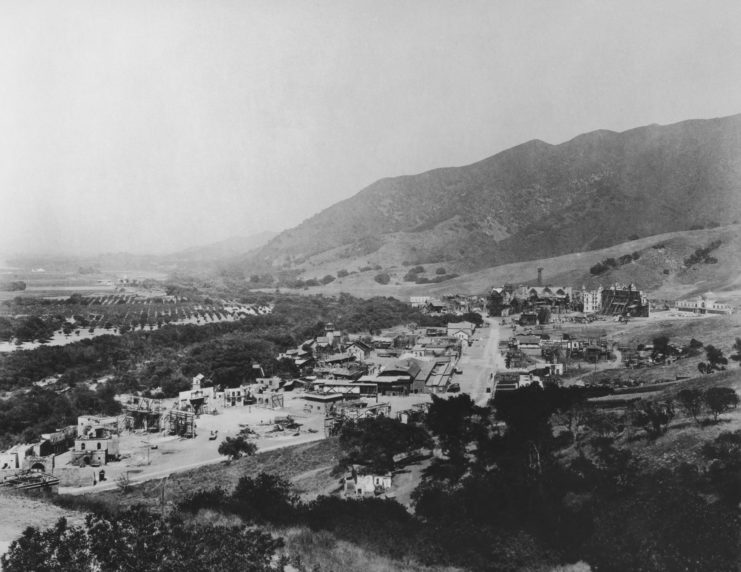
Guy Gabaldon was born in Los Angeles in 1926. He grew up on Skid Row in a multi-ethnic neighborhood. When he was 12-years-old, he was taken in by a Japanese family named the Nakanos. According to the future war hero, the Nakano’s became like a second family. And Gabaldon said he learned to speak Japanese by going to classes with the Nakano children.
The Nakanos were sent to an internment camp like many other Japanese-American families when World War II broke out. Gabaldon, who had gone to Alaska to work in a cannery, returned to California upon turning 17 to join the military. Before being assigned, he attended the Enlisted Marine Japanese Language School at Camp Elliot in San Diego.
The Situation in Saipan.
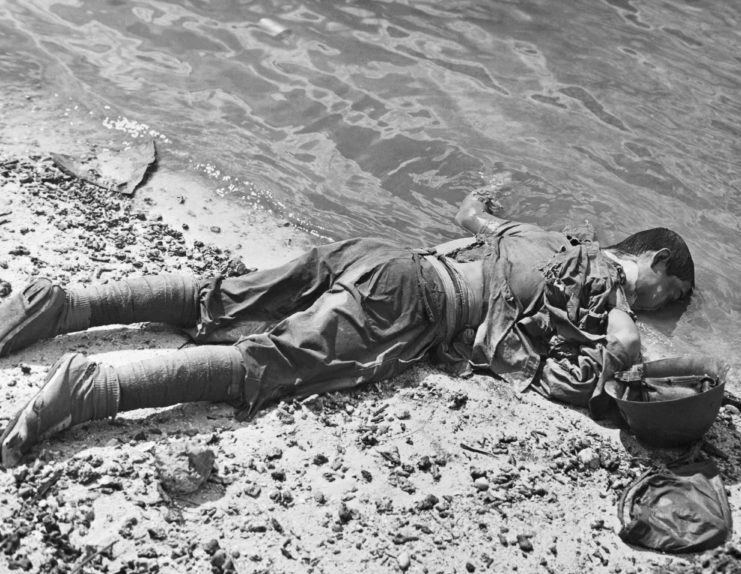
The defense of Saipan, the largest island in the Northern Mariana Islands, was critically important to the Japanese Army. The heavily garrisoned area was among the last lines of defense before opposing armies could enter mainland Japan. Due to the close quarters of the fighting, many civilians were also in the area.
The Battle of Saipan, which began on June 15, 1944, was going incredibly poorly for the Japanese Army. Military leaders told troops on the ground that there was no surrender. In fact, they were told to either kill seven enemy combatants or commit suicide. And many Japanese soldiers opted for suicide. The practice became so common that jumping places on the island became known as Suicide Cliff and Banzai Cliff.
The Marine becomes the Pied Piper.
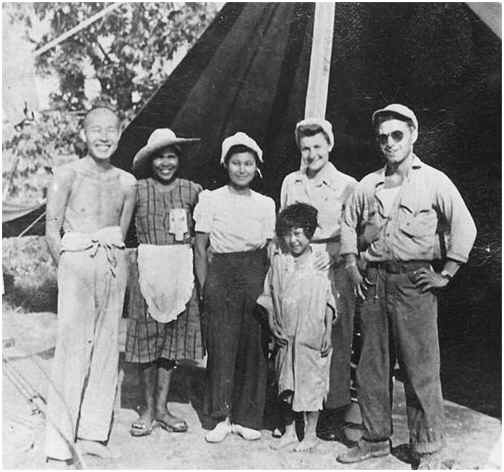
Gabaldon arrived in Saipan right in the thick of the fighting in 1945. On his very first day, he convinced a handful of Japanese soldiers to surrender to the Americans. The Marine was reprimanded for leaving his post and threatened with a court-martial. Still, the next night, Gabaldon again went over to the Japanese side and came back with 50 prisoners.
According to the Marine, he approached a cave, shot two guards, and yelled in Japanese, “You’re surrounded and have no choice but to surrender. Come out, and you will not be killed! I assure you will be well-treated. We do not want to kill you!” Following the second night, Gabaldon says that his commanding officer allowed him to keep operating as a ‘lone-wolf.’
Gabaldon continued his actions on the Island of Tinian, bringing the total number of Japanese surrenders to 1,500. While on Tinian, Gabaldon was severely injured in a machine-gun ambush but recovered from his wounds. His commanding officer Captain John Schwabe, recommended him for the Medal of Honor. The Marine was, instead, awarded the Silver Star. The Marine Corps later elevated Gabaldon’s Silver Star to the Navy Cross.
Some questioned the story
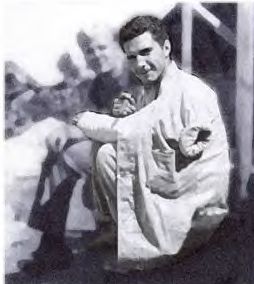
In the years after World War II, some people began to question if Gabaldon could have really convinced 1,50o people to surrender. Robert Sheeks, who served in Saipan as well, claimed that Gabaldon was a self-promoter who exaggerated the impact of his efforts. Author Gerald Meehl also conducted interviews with other soldiers who claimed that the Marine was abusive towards the Japanese. In the end, however, Gabaldon’s claims were backed up both by his commanding officer and military intelligence.
Television and Movies.
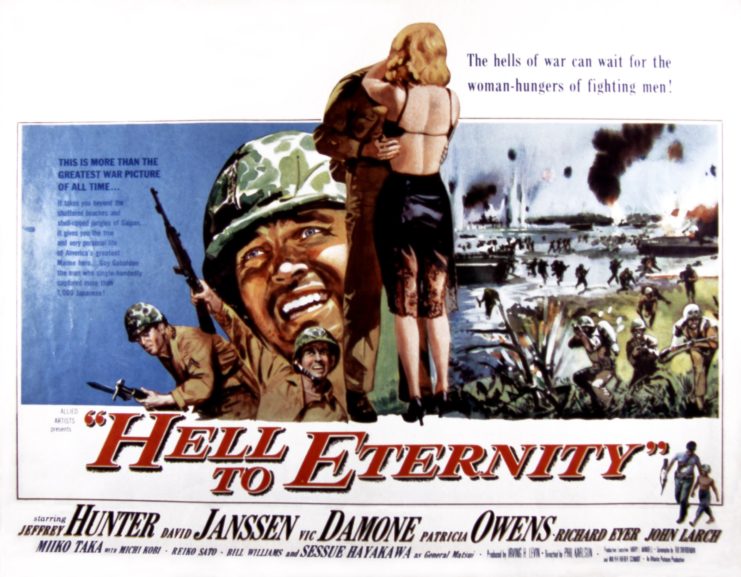
Gabaldon was discharged from the military due to his combat wounds and moved to Mexico. His story became known by the general public in 1957 when he appeared on the NBC television show This is Your Life. The former Marine was on television again in 1960, appearing on To Tell the Truth.
Holywood was also eager to tackle the story. In 1960, a movie based on Gabaldon’s exploits was released. The film, From Hell to Eternity, starred Jeffrey Hunter. Gabaldon worked on the movie as a consultant.
Later life and legacy.
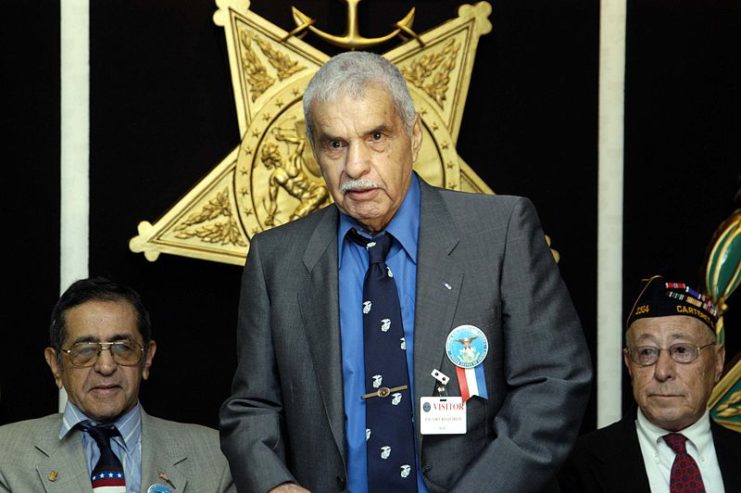
In 1964, Gabaldon attempted to get into politics, losing an election for a California Seat in the United States Congress. He returned to Saipan in 1970, running a seafood business and a camp for children. He authored a book about his experiences, titled Saipan: Suicide Island in 1990. Gabaldon died in 2006 at the age of 80 and was buried with full honors at Arlington National Cemetary.
